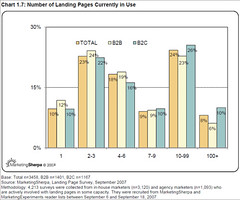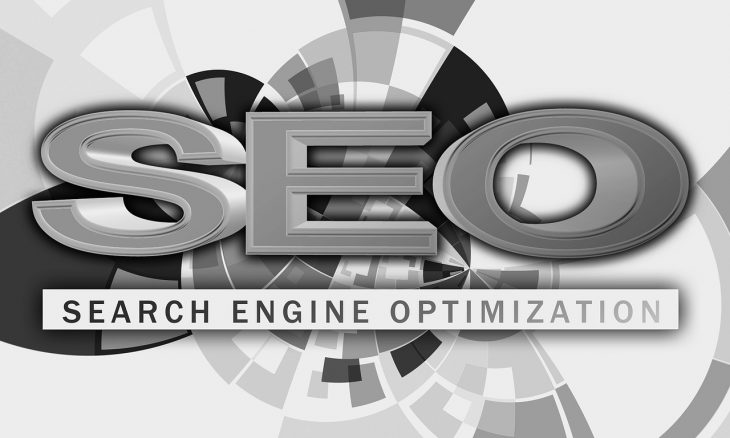If you work in a small company, you might never have considered this as a question. You have a low budget and so why wouldn’t you use the same landing page for the same keyword in organic and paid search? Why pay for two different pages about exactly the same thing? But if you work for a large company, this isn’t a funny question at all. It is very common for the teams that run SEO and PPC to be completely separate. And when your teams are completely separate, they tend to do things separately, because coordination costs time. So, it is in fact quite normal for large search campaigns to use different landing pages for paid and organic. The question is whether it is a good idea. How would it affect your numbers if your paid and organic landing pages were the same?

- You are doubling your content costs. Every time the right content for that keyword changes, you have to change it in two places. That’s an expense that might not be paying off. Combining the landing pages makes it more likely that you’ll have the correct information on that single page and even though coordination costs money, it probably costs less than doing everything twice.
- Organic search needs conversions, too. Sometimes, we focus all the conversion attention on paid landing pages, because we are so mindful that we are paying for each click. We reason, “Unless I convert enough to pay for the clicks, I am losing money.” But we forget that organic search landing pages that don’t convert are losing money, too. Combining the landing pages means that everything you do to increase conversions will help with both kinds of searches.
- Paid search needs relevance. As paid search engines spend more and more time examining the quality of landing pages as part of their PPC ranking algorithm, SEO techniques are becoming more important for paid search. Using the right words on the page is starting to become just as important to PPC as it always has been for SEO, so combining the landing pages gives you a higher quality page in PPC with no extra work, because you already did more than was required for the SEO landing page.
There is no free lunch, however. As tempting as it is to combine the landing pages, it does require more work to coordinate the teams. It also requires compromise–with both teams sharing a page, each must consider the effects on the other before making a change.
Sometimes your situation is even worse–your organic and paid searches go to landing pages on completely different sites, with paid campaigns going to microsites. It’s easier, because the agency running the campaign can just build up a new site, but Nick Stamoulis explains how microsites can make hurt your organic search results.
Put the landing pages together and your organic pages convert better and your paid search pages have a higher quality score. I know it is harder, but will you shy away from hard work when it gets results?
Don’t take my word for it. Take a look at your campaigns. Check out a few pages where the landing pages are different and a few where they are combined and see the difference.
If you have no combined pages, then combine some and see what happens. Take a few of the most important pages and try to put together combined landing pages. It’s best to start with the SEO landing page as the base, because it is very easy (and risk-free) to change the URL of a PPC landing page in your ad, while getting the search engines used to a new SEO landing page can be fraught with short-term problems.
See if you can make some changes to the page to incorporate some of the nice conversion rate optimization you have done for PPC. Then check the results. See if you are converting higher for SEO. See of your quality score is improving for PPC. Then decide if it is worth the extra coordination and compromise to do this for more pages. You might be glad that you did.






